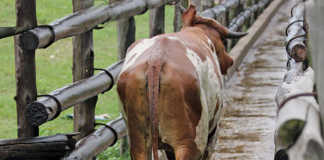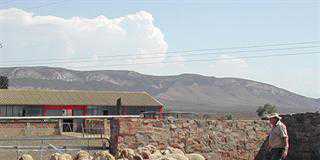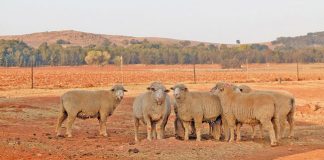This week we continue our series on basic farming facts to better understand the animals and crops we work with. This week we look at cows. Cows are herbivores. This means they don’t eat meat – only plants and grass. A cow’s mouth is adapted for grazing: the top part is a hard pad and the bottom part is a row of flat-topped teeth. The cow tears grass from the land and grinds it between the two mouth parts.
Cows swallow their food without chewing it much at first. Later, they regurgitate (bring up) a “cud” – a lump of food that was chewed earlier – and chew it again. The digestive system of a cow has four compartments:
Rumen: This, the largest stomach, can hold up to 190l of half-digested food. Bacteria in the rumen soften and digest the food and provide protein for the animal.
Recticulum: The inside of this stomach has many small compartments. When eaten by humans it’s called “tripe”. The swallowed grass passes from the rumen to the reticulum, where it’s softened into small, thick pieces of cud. These are regurgitated to the cow’s mouth and chewed well before being swallowed permanently.
Omasum: This acts as a filter for the food and helps break down the cud.
Abomasum: This is like a human’s stomach and is connected to the intestines. Here, the food is digested by stomach juices, producing nutrients that go into the bloodstream. The rest goes through the intestines to produce dung.
Source: Animal Corner (www.animalcorner.co.uk)













